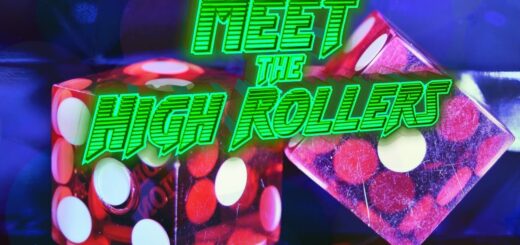Las Vegas Historical Moments: 1950’s
Las Vegas Historical Moments: The 1950s
Las Vegas, known as the “Entertainment Capital of the World,” has a vibrant and colorful history. The 1950s, in particular, marked a significant turning point for the city, propelling it into a new era of growth and prosperity. From the rise of megaresorts to the influence of the mob, here are some defining moments from Las Vegas during the 1950s.
1. The Silver Slipper and Stardust Resorts: In the 1950s, Las Vegas saw the emergence of two iconic resorts that would shape the future of the city. The Silver Slipper, famous for its rotating slipper-shaped sign, opened its doors in 1950 and quickly garnered attention. Not long after, the Stardust Resort and Casino opened in 1958, becoming the largest hotel in Nevada at the time. These resorts showcased the city’s ambition to become a premier destination for entertainment and gambling.
2. The Rat Pack and Desert Inn: The 1950s were also the heyday for the Rat Pack, a group of entertainers led by Frank Sinatra, Dean Martin, and Sammy Davis Jr. They performed regularly in Las Vegas, particularly at the Desert Inn. The Rat Pack’s presence solidified Las Vegas’ reputation as a glamorous entertainment hub, attracting visitors from around the world.
3. The Atomic Age and Atomic Testing: The 1950s marked the peak of the Atomic Age, and Las Vegas was in close proximity to the Nevada Test Site. Atomic testing had a profound impact on the city, both economically and socially. Tourists flocked to Las Vegas to witness the awe-inspiring explosions in the distance, creating a unique blend of entertainment and atomic tourism.
4. The Mob Influence: During the 1950s, Las Vegas had a notorious association with organized crime. Various mob figures, including infamous mafia bosses like Bugsy Siegel and Meyer Lansky, saw the potential for immense profits within the city. The mob’s influence was prevalent in many aspects of Las Vegas, including the ownership of casinos and unions. While their involvement may have tainted the city, it also helped fuel its rapid growth.
5. The Building Boom: The 1950s witnessed a construction boom in Las Vegas, with hotels and casinos sprouting up across the Strip. The Sahara, the Riviera, and the Flamingo were just a few of the significant establishments built during this time. This rapid expansion transformed Las Vegas from a modest desert town into a bustling metropolis.
6. The Integration of African-American Entertainers: The 1950s saw important strides in racial integration in Las Vegas. African-American entertainers, such as Sammy Davis Jr., Nat King Cole, and Lena Horne, became headliners in the city’s hottest venues, breaking down racial barriers and leading the way for more inclusivity in the future.
The 1950s were a pivotal decade for Las Vegas. It marked the city’s ascendance as a world-renowned entertainment destination, with grand resorts, influential personalities, and an unparalleled atmosphere. While the mob’s involvement tainted the city’s reputation, it also played a major role in propelling Las Vegas to prominence. The building boom, atomic testing, and racial integration all contributed to the unique tapestry of the city’s history. As we reflect on Las Vegas in the 1950s, it becomes clear that this was a decade that shaped the future of the entertainment capital.




 Free Casino Slot Online – The best things in life are free, like our slots!
Free Casino Slot Online – The best things in life are free, like our slots!